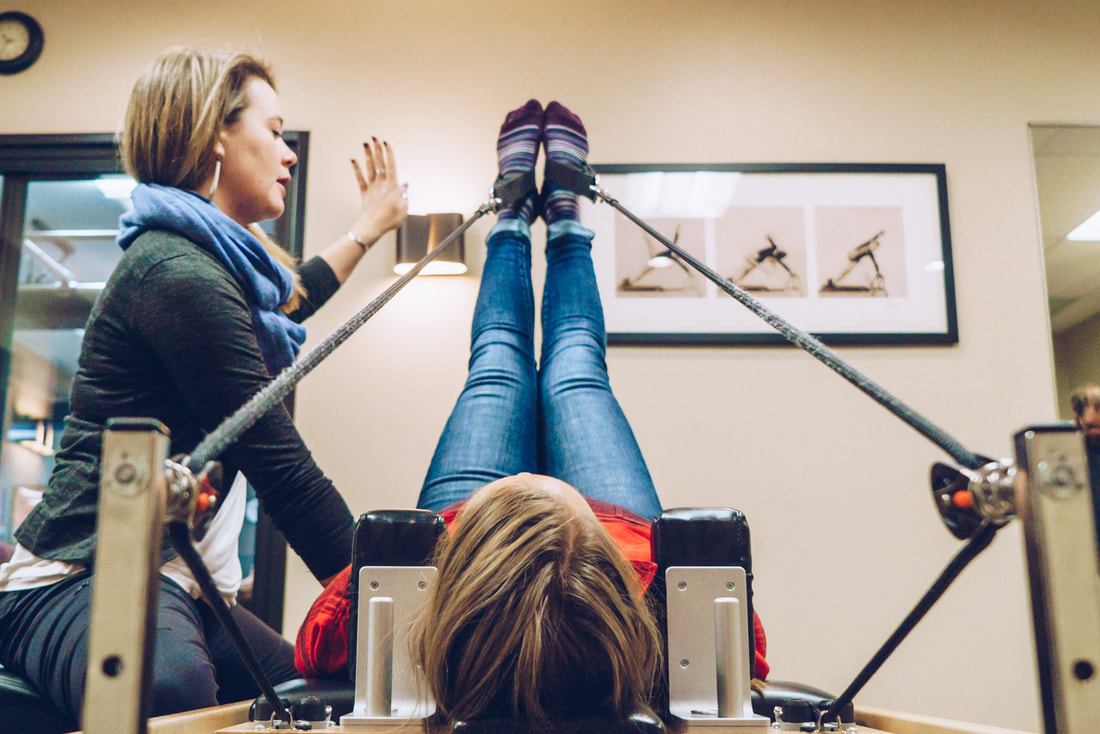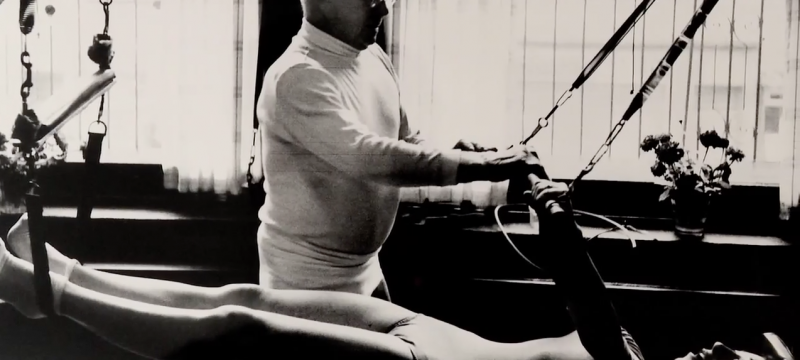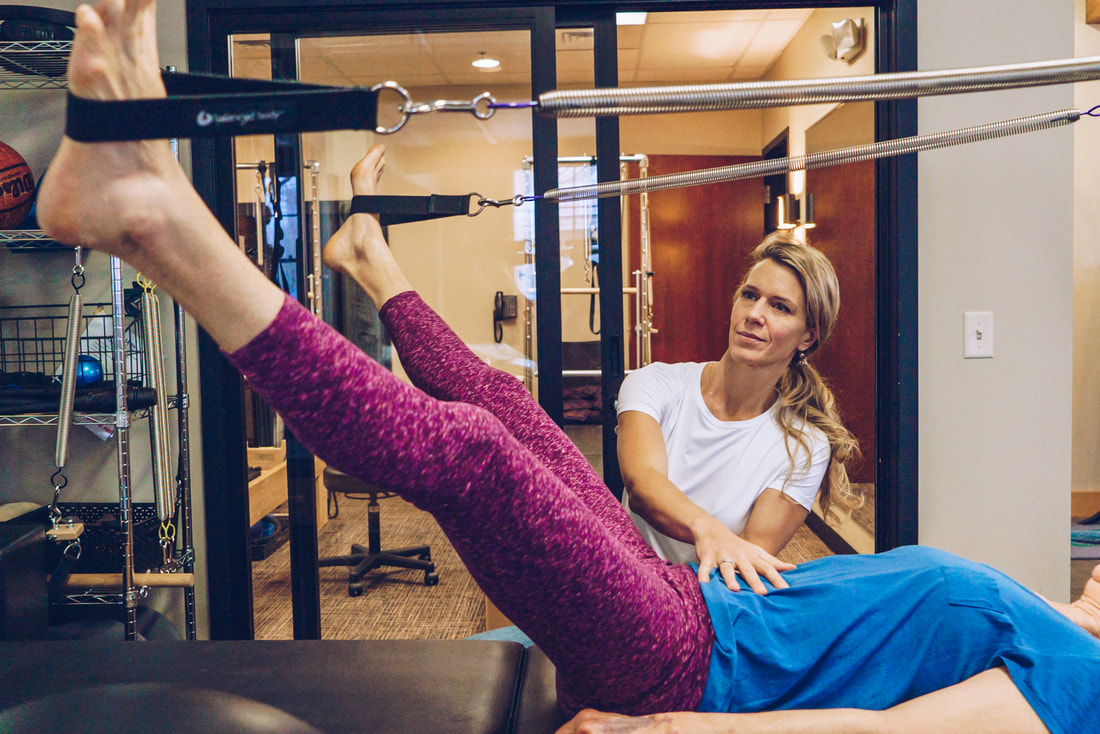|
4/12/2021 0 Comments Pilates & Pain ManagementWhat you see in the picture above is in fact not a medieval torture device, but instead one of the most powerful tools we use in our clinics to get people moving, strengthening, and pain free. The CoreAlign and Reformer machines (shown above) have bridged the gap between recreational fitness and restorative healthcare. So, what's the big deal? Let's explore a bit. What is the pilates method? It is highly likely that either you or somebody you know is currently a member of a Pilates studio. As a means of recreational fitness, Pilates has rapidly grown in popularity over the years. But where did it come from? Pilates takes its name from Joseph Pilates. A German-born emigré to Britain and then America, he devised the Pilates method as a new approach to exercise and body-conditioning in the early decades of the last century. His method included the use of equipment referred to by him as: apparatus. Perhaps the best known piece of equipment, is the Pilates reformer, which is in use in the Pilates studios today. If practiced with consistency, Pilates improves flexibility, builds strength and develops control and endurance in the entire body. It puts emphasis on alignment, breathing, developing a strong core, and improving coordination and balance. So, what does that have to do with Physical Therapy? "Being able to perform exercises without pain is a powerful step in returning ones' confidence in their body." says Physical Therapist Jessica Kehoe. Kehoe has been a PT for over 13 years and saw the potential in the Pilates technique early on. "As I have gained experience and worked towards certification in Pilates this method has become indispensable to my practice. I feel that the underlying principles driving Pilates fit with my core beliefs in recovery from injury." The 6 Pilates Principles are: concentration, control, center, flow, precision and breathing. Pilates emphasizes the need for the body to move normally and smoothly, to include awareness of the breath and to gain strength and stability throughout the body. For many, Pilates can feel therapeutic while also providing the benefits of a fitness routine. "Pilates is FUN - the equipment and method allows patients to play again, finds challenges for adaptations and increases confidence in their bodies for the next step, the next layer of fitness, and ultimately the next adventure!" Says Sam Schmidt, Physical Therapist and Master Pilates Instructor. "Those individuals working through injury, surgery or disease often present with strategies for movement that served the purpose of protection or adaption at a specific time but these strategies impair the capacity of the systems to respond to real world demands and desires with the most ease. These strategies can limit one's body in being robust - and that is our job as PTs - to help our patients build a capacity of performance without failure under a wide range of conditions. Pilates is a great tool for this process of building." What does this mean for you? Our treatment philosophy is reflected in our extensive certification and use of the Pilates Method. Our three clinics are fully equipped with Balanced Body reformers and accessories. Alpine is also home to our international Balanced Body University Training Center. We work with area doctors and other referral sources in designing rehabilitation programs that successfully incorporate Pilates-based approaches. Our clients comment on how much they enjoy this form of care, particularly because they often find that they can get a good workout without flaring their symptoms. Interested in seeing what our Physical Therapists can do for you? Book an appointment by clicking here.
0 Comments
Leave a Reply. |
Search by typing & pressing enter




 RSS Feed
RSS Feed





